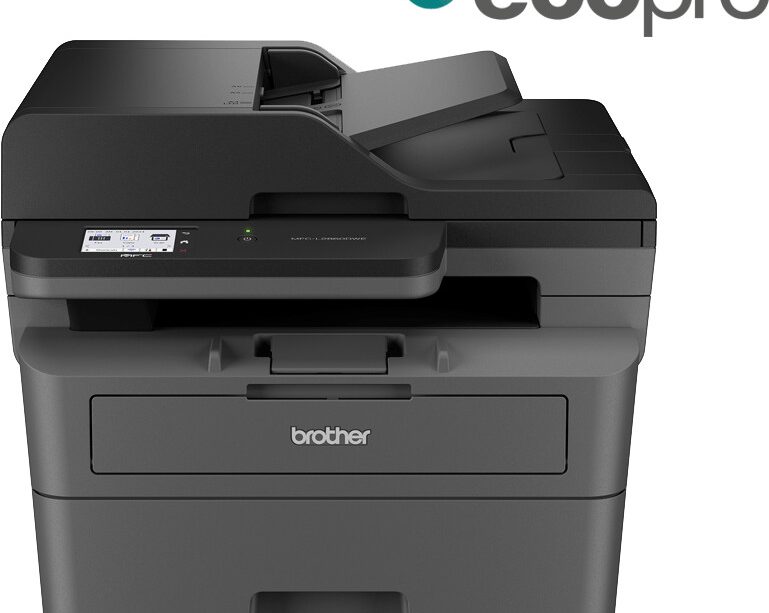What You Need to Know About MFC in Programming

Introduction to MFC
Microsoft Foundation Classes (MFC) is a framework utilized to create desktop applications for Windows. As a powerful tool, MFC simplifies the development process, allowing programmers to use object-oriented programming techniques to streamline the creation of graphical user interfaces. Its relevance extends to both new and seasoned developers, particularly those seeking to build high-performance applications with a rich user experience.
The Evolution of MFC
First introduced in 1992, MFC has undergone significant updates to adapt to the changing landscape of software development. With each version, Microsoft has included improvements that enhance functionality, support modern programming paradigms, and ensure compatibility with newer versions of Windows. The most recent version, MFC 14, includes support for modern C++ standards, making it easier for developers to write more efficient and maintainable code.
Key Features of MFC
MFC offers several vital features that make it a preferred choice among Windows application developers. These include:
- Document/View Architecture: This unique architecture separates data management from the user interface, allowing developers to manage resources more efficiently.
- Rich Controls: MFC includes a comprehensive library of built-in controls such as buttons, menus, and toolbars that can be easily incorporated into applications.
- Access to Windows APIs: MFC provides a simplified interface to the underlying Windows Application Programming Interface (API), enabling developers to leverage Windows features without extensive knowledge of the API.
- Extensible Framework: Developers can create custom classes that extend MFC functionality, making it adaptable to various application needs.
MFC in Current Software Development
Despite the rise of alternative frameworks and technologies, MFC remains relevant, particularly for enterprises focused on maintaining legacy systems or requiring specialized desktop applications. Many industries, including finance and healthcare, rely on MFC applications due to their robustness and reliability. Furthermore, with the increasing trend of integrating legacy systems with modern applications, MFC’s continued relevance is assured.
Future of MFC
As technology progresses, MFC is likely to evolve further, integrating modern features such as support for touch capabilities, Cloud APIs, and enhanced performance optimisations. Additionally, with the community’s support and a focus on modern C++ standards, MFC developers can anticipate a vibrant ecosystem, making it a viable option for future projects.
Conclusion
In summary, Microsoft Foundation Classes play a significant role in the development of Windows applications. Its historical significance and continued improvements demonstrate its reliability and adaptability within the software development community. Developers keen on leveraging MFC’s capabilities will find a rich history of tools and practices to help create efficient, high-quality applications today and into the future.









